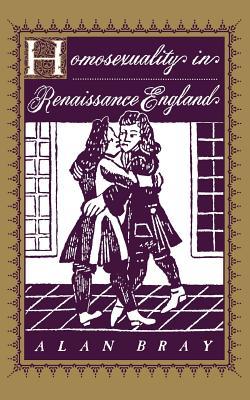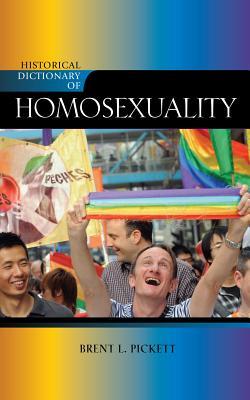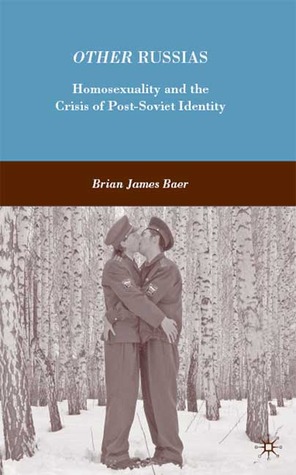- Joined
- May 18, 2009
- Messages
- 16,032
- Reaction score
- 74,264
- Points
- 391
Homosexuality in Renaissance England

Alan Bray's Homosexuality in Renaissance England is a milestone work, one of those rare books that can be said to have virtually milestone work, one of those rare books that can be said to have virtually inaugurated a field of study--and one which remains a standard, comprehensive introduction to the subject. Since it was first published in England in 1982, however, it has been difficult to find in America.
Examining the image of the sodomite in sixteenth- and seventeenth- century literature and polemic, Bray demonstrates how widely that image differed from the everyday occurrences of male homosexual behavior in ordinary households and schools.
Homosexuality in Renaissance England explores how men who engaged in sodomy reconciled this behavior with their society's violent loathing for the sodomite, and shows how a social more that had remained stable for centuries changed dramatically toward the end of the seventeenth century.
Widely considered the best study of its kind Homosexuality in Renaissance England clearly shows why the modern image of "the homosexual" cannot be applied to the early modern period, when homosexual behavior was viewed in terms of the sexual act and not an individual's broader identity.
Bray's classic work goes on to show how the early eighteenth century saw the earliest emergence of a "homosexual identity." Finally available to a broad general audience in America, Homosexuality in Renaissance England is a must-read for anyone interested in sexuality during the early modern period.
Historical Dictionary of Homosexuality

The history of sexuality is central to social history, the history of ideas, the realization or repression of human rights, and other areas of focus. This is also true about those who have had, or do have, what could be called minority sexualities. Same-sex attraction has generally been a minority sexuality; it has been the object of tremendous repression and vociferous complaint but also one of praise by talented poets and philosophers. The Historical Dictionary of Homosexuality provides a comprehensive survey of same-sex relations from ancient China and Greece to the contemporary world. It covers the gay rights movement from its origins in 19th century Europe to the nascent global network today. Philosophic treatments, such as natural law and queer theory, along with legal issues and court decisions are included. Global in its coverage of the variety of same-sex relations, their legal treatment, and social norms concerning same-sex attraction, this reference includes a chronology, an introductory essay, a bibliography, and cross-referenced dictionary entries on specific countries and regions, influential historical figures, laws that criminalized same-sex sexuality, various historical terms that have been used to refer to aspects of same-sex love, and contemporary events and legal decisions.
Nameless Offences: Homosexual Desire in the 19th Century

Homosexuality became increasingly visible in 19th-century English society and problems related to the "secret vice" and the "love that dare not speak its name" go to the root of Victorian social and cultural history. Nameless Offences shows how the homosexual "closet" was created. Prevention of slander and the vilification involved in scandals among the ruling classes were potent reasons to marginalize homosexuality and create the "closet." The Victorian masculine "character" was at issue as the homosexual scandals of the 1880¿s exposed the gulf between notions of private and public morality.
Other Russias: Homosexuality and the Crisis of Post-Soviet Identity

This unprecedented book examines the explosion of homosexual discourse in post-Soviet Russia from the turbulent years of the immediate post-communist era through the more troubling recent developments of Vladimir Putin’s regime. Focusing on concepts of sexuality, gender, and national identity within competing portrayals of same-sex desire, Brian James Baer explores a variety of popular media, including fiction, film, television, music, and print to detail how homosexuality in today’s Russia has come to signify a surprising and often contradictory array of uniquely post-Soviet concerns.

You must click 'Like' before you can see the hidden data contained here
